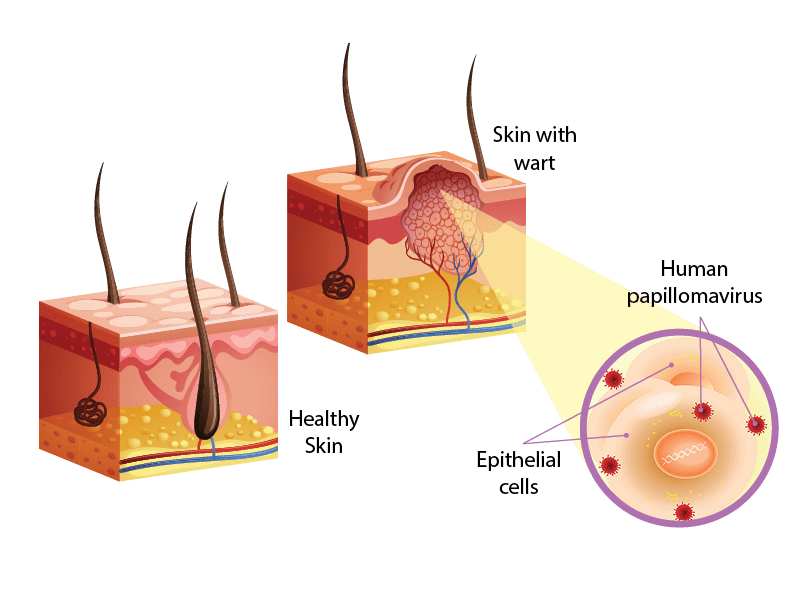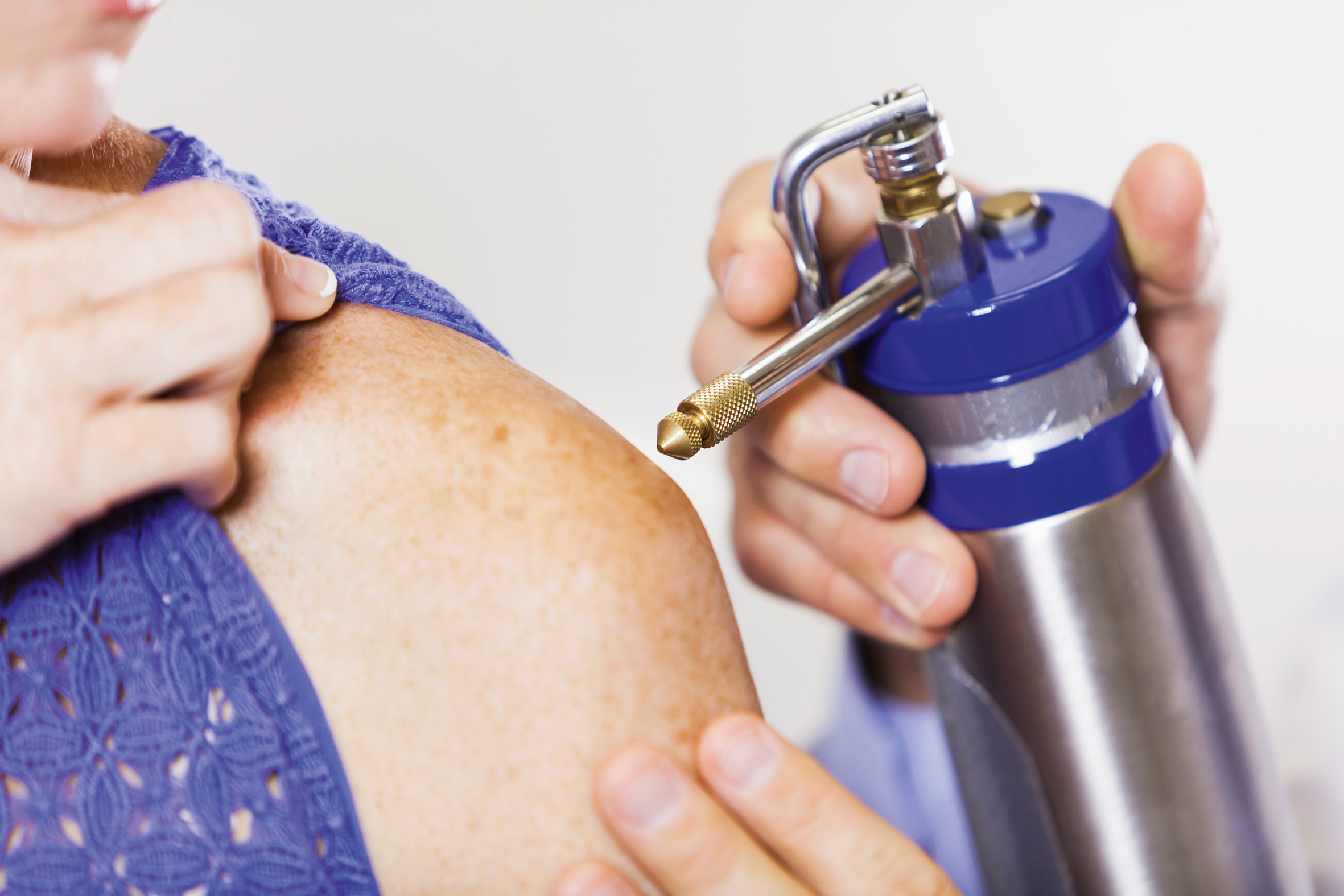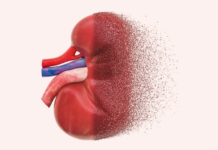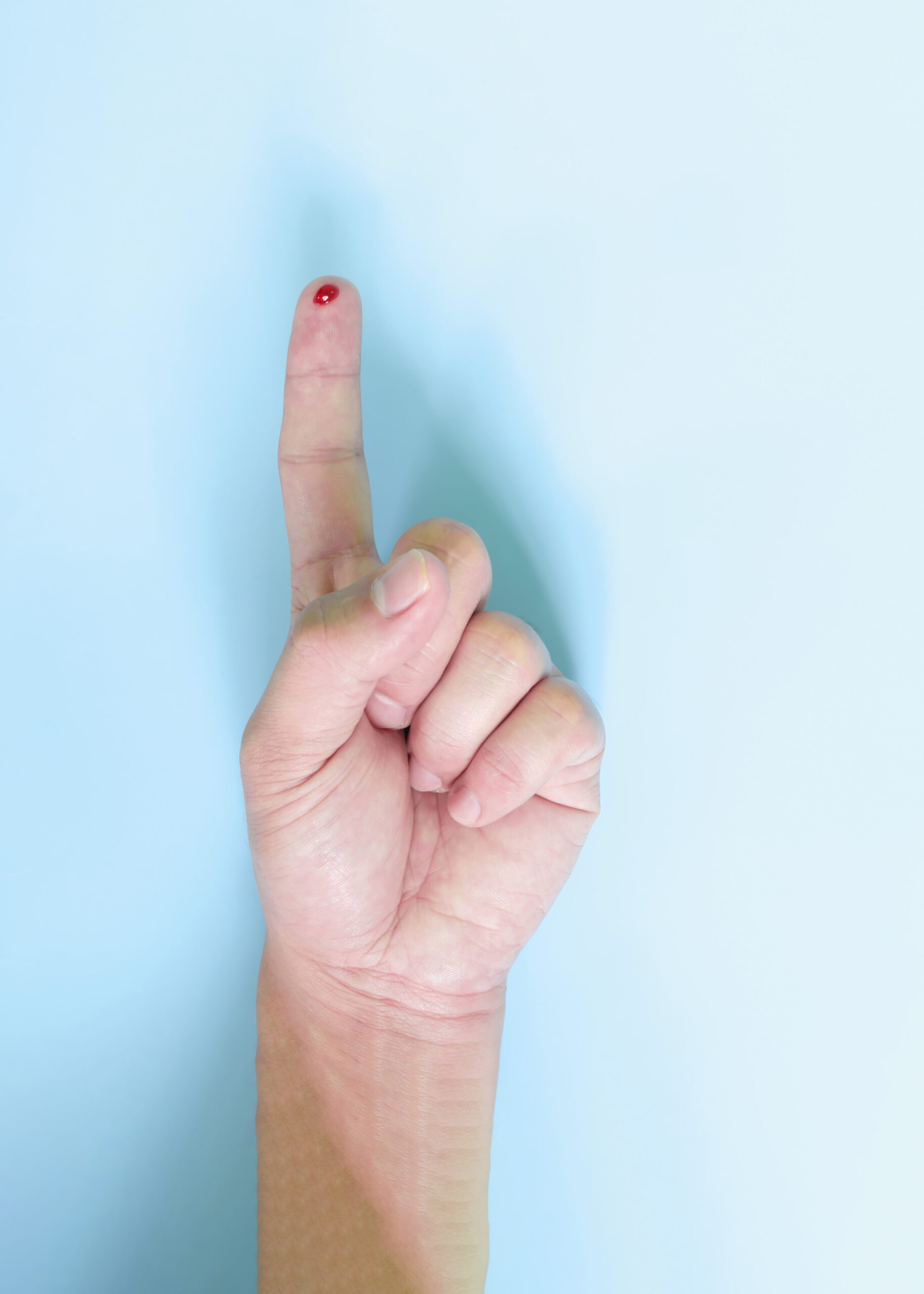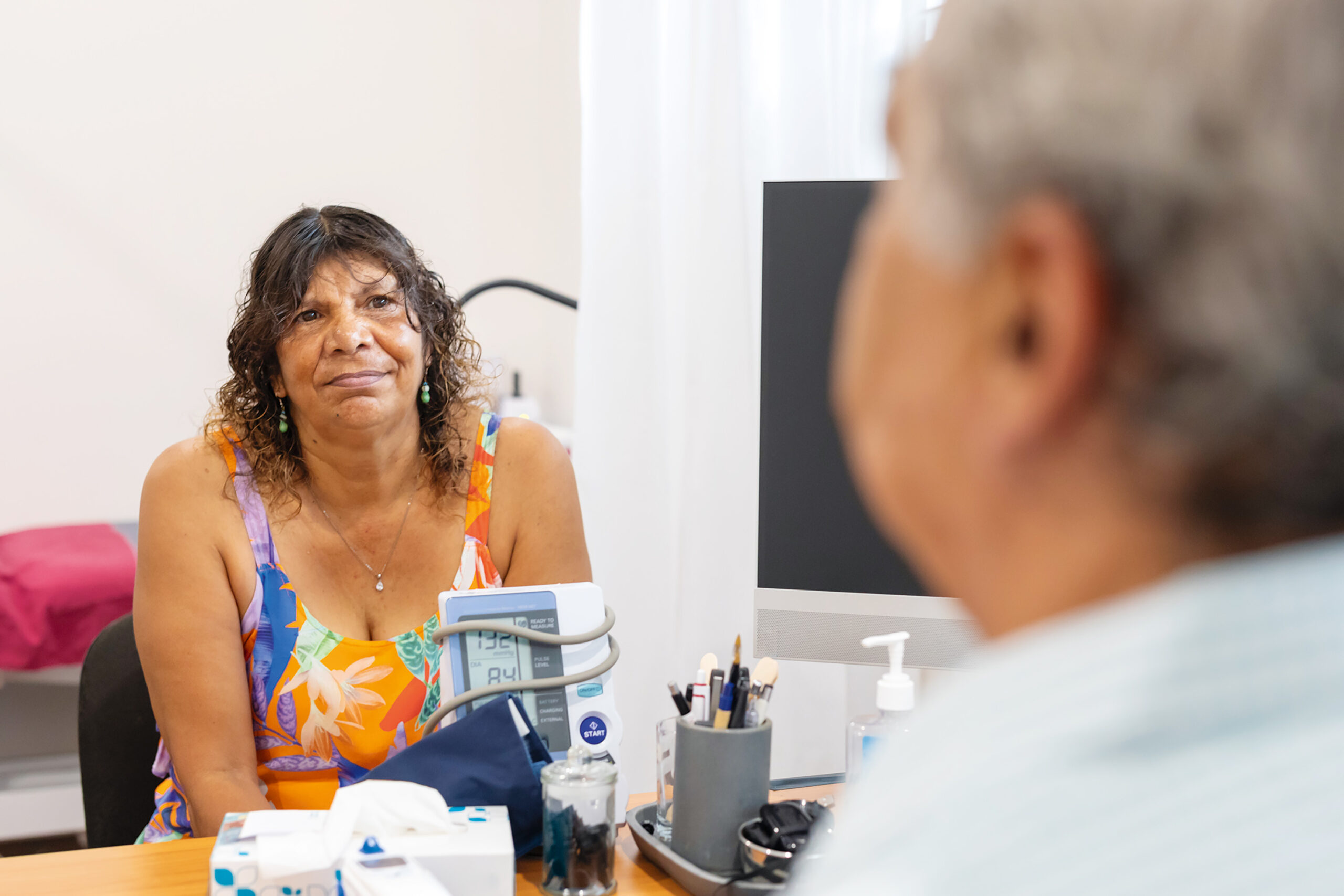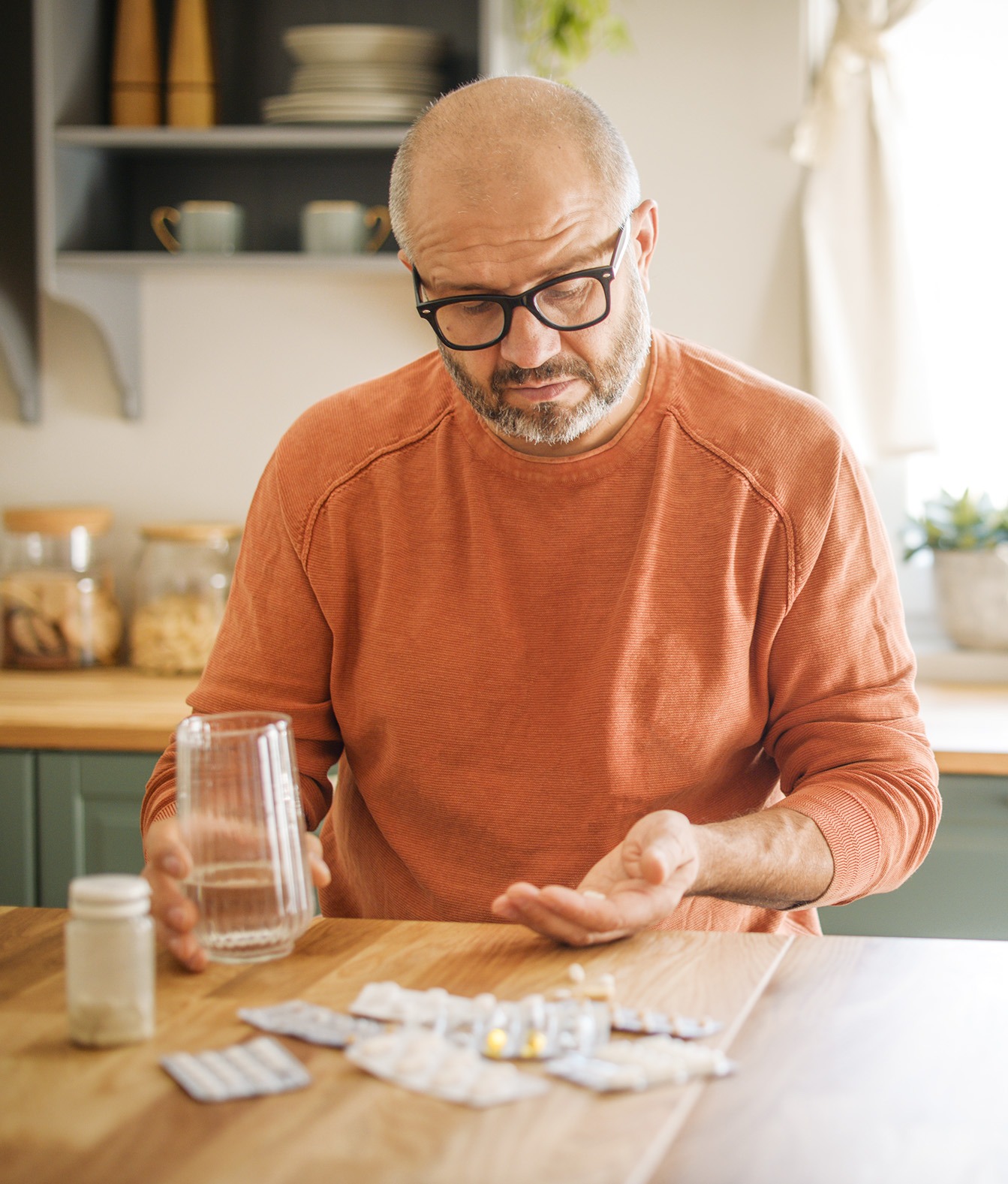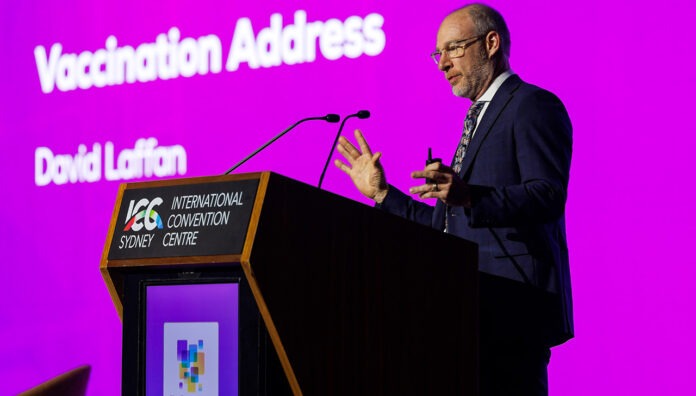Vaccination is one of the most cost-effective and life-saving health interventions, saving over 150 million lives worldwide in the last half century.
In Australia, we’re lucky enough to have enhanced vaccination access via the National Immunisation Program (NIP).
Between 2005 and 2015, the overall burden of illness, disability and premature death from the 17 vaccine-preventable diseases covered under the NIP fell by 30%.
Yet since the COVID-19 pandemic, vaccination rates have continued to drop – particularly in vulnerable groups.
Pharmacist immunisers, who have recently become significant contributors to Australia’s vaccination effort, now have a unique opportunity to build on this success and turn things around, David Laffan – Assistant Secretary, Immunisation Access and Engagement at the federal Department of Health, Disability and Ageing – told delegates at PSA25 last week.
‘Pharmacies in Australia have provided over 13% of all vaccinations administered in 2024–25 – and a double-digit share of many of them,’ he said.
Here, Australian Pharmacist highlights the impact pharmacists have had on vaccination rates, and where we can grow even further.
Record number of COVID-19 vaccinations administered by pharmacists
The two largest vaccinations by volume provided by pharmacies are influenza and COVID-19, Mr Laffan said.
While COVID-19 vaccination rates in the general population remain low – with only 9% coverage over the past 12 months – pharmacists have administered a substantial proportion of those doses.
‘Vaccination rates in June 2025 for the COVID-19 Vaccination in Community Pharmacy (CVCP) Program were the highest they’ve been since the first half of 2023,’ he said.
Pharmacists overtake GPs as aged care vaccinators
Pharmacists have played a significant role in increasing vaccination rates for aged care residents, who are particularly vulnerable to severe complications, hospitalisation and death.
‘This year, 59% of residents over the age of 75 received a COVID-19 dose in the last 6 months, a big increase from less than 40% a year ago,’ Mr Laffan said.
In May this year, pharmacists delivered over 41% of COVID-19 vaccinations in residential aged care homes, compared to 38% administered by GPs.
‘So for the first time, pharmacists have provided more COVID-19 vaccines in residential aged care than general practitioners,’ he said.
While co-administration of COVID-19 and influenza vaccines has been encouraged, it has not been enthusiastically embraced by the public.
‘This winter, only about one in four COVID-19 and flu vaccines were co-administered,’ Mr Laffan said. ‘So there’s also an opportunity there.’
Come November, when the new Aged Care Act will commence, offering COVID-19 and influenza vaccines will become a registration requirement.
‘Aged care providers will also be required to offer their residents shingles and pneumococcal vaccines if they’re eligible under the NIP.’
RSV vaccination program heralded a success
The new maternal RSV program, launched in February 2025, has had strong uptake – significantly reducing the burden of disease.
‘Early data indicates about 60% of pregnant women are accessing the maternal vaccine and about a further 20% accessing the monoclonal antibody offered by the states and territories after birth,’ Mr Laffan said.
Maternal immunisation reduces the risk of severe RSV disease in infants under 6 months of age by around 70%.
‘These immunisations being made available through the RSV program are estimated to keep 10,000 infants out of hospital each year, and we’ve already seen a 40% reduction in RSV notifications for young children since the introduction of the [the program],’ he said. ‘That’s an incredible success.’
Concerning fall in vaccination rates across age groups
Despite these recent successes, immunisation rates for many vaccines are low or falling. In fact, every childhood vaccine on the NIP schedule has lower uptake in 2024 than 2020.
‘This decline means that this year, there will be an additional 15,000 babies unvaccinated compared to pre-COVID immunisation rates,’ Mr Laffan said.
Mistrust, fuelled by misinformation and disinformation, has contributed significantly to vaccine hesitancy.
And it’s not childhood vaccination rates that are in decline. The preliminary findings from the National Centre for Immunisation Research and Surveillance’s annual immunisation coverage report found that adolescent vaccination rates are also particularly low.
‘For example, only 70% of children turning 17 have received a meningococcal vaccination in 2024,’ he said.
‘Older people are at high risk of infection and serious illness, yet only a third are vaccinated for shingles and less than half are vaccinated for pneumococcal.’
The rates of vaccination in First Nations’ children are even lower in the 1 year and 2 year old cohorts. Similarly, human papillomavirus coverage rates are declining – except for a spike in 2022–23 caused by the move to a single-dose schedule.
‘There is a significant opportunity for community pharmacy to assist in lifting these rates,’ Mr Laffan added.
NIPVIP could be the saving grace
The NCIRS interim report highlighted that key barriers to vaccination uptake in children include difficulty of access and cost.
Since its inception on 1 January 2024, the National Immunisation Program Vaccinations in Pharmacy is helping to break down these barriers.
‘Opening up NIP vaccines to community pharmacies has been a really important step in improving equity,’ Mr Laffan said.
‘The NIPVIP program has improved access by enabling community pharmacies to significantly increase the number of sites that can vaccinate. In turn, consumers benefit from the convenience of your locations. This also further represents an area of significant growth potential.’
NIPVIP vaccinations are up almost 50% from 2024, demonstrating the capacity for growth for pharmacy vaccinations.
‘[In] NIPVIP’s first month of operation, pharmacies claimed 1,400 vaccination services,’ he said. ‘Since then, nearly 34 million vaccinations have been provided and over 4,750 pharmacies have registered for NIPVIP.’
And the NIPVIP program is only set to expand
The increase in this year’s winter vaccinations are in part attributable to the uptick in NIPVIP participation – and pharmacies becoming more recognised and accepted as trusted NIP vaccination providers.
Federal Minister for Health, Disability and Ageing Mark Butler hinted that the program is set to expand when launching the National Immunisation Strategy for Australia 2025–2030 in June this year.
‘One of the goals within the strategy is to harmonise relevant workforce policies, training and accreditation across all states and territories, Mr Laffan said. ‘And part of this priority involves developing strategies to safely enable health professionals, including community pharmacists, to work to their full scope of practice, which the NIP helps to facilitate.’
The department is also working to harmonise NIPVIP and CVCP to ensure vaccination is embedded into routine primary care service delivery following Australia exiting the emergency stage of the pandemic – including aligning payment rates.
‘I know from many of my conversations with you that you are looking forward to having one less ordering system to deal with when it comes to COVID-19 vaccines, so we’ll continue to harmonise the programs and look at ways to streamline systems and reduce barriers,’ he said.
Community pharmacies are recognised as providing a vital channel of access to vaccinations, with work underway to operationalise the National Immunisation strategy through a National implementation plan.
‘This plan is about collaboration across governments, sectors and communities to drive improved vaccination outcomes … to ensure that every Australian has equitable access to life-saving vaccines,’ Mr Laffan said.
‘To this end, I’ve invited the PSA to engage with the department about future vaccination priorities … to ensure that the profession has a say in future government considerations.’



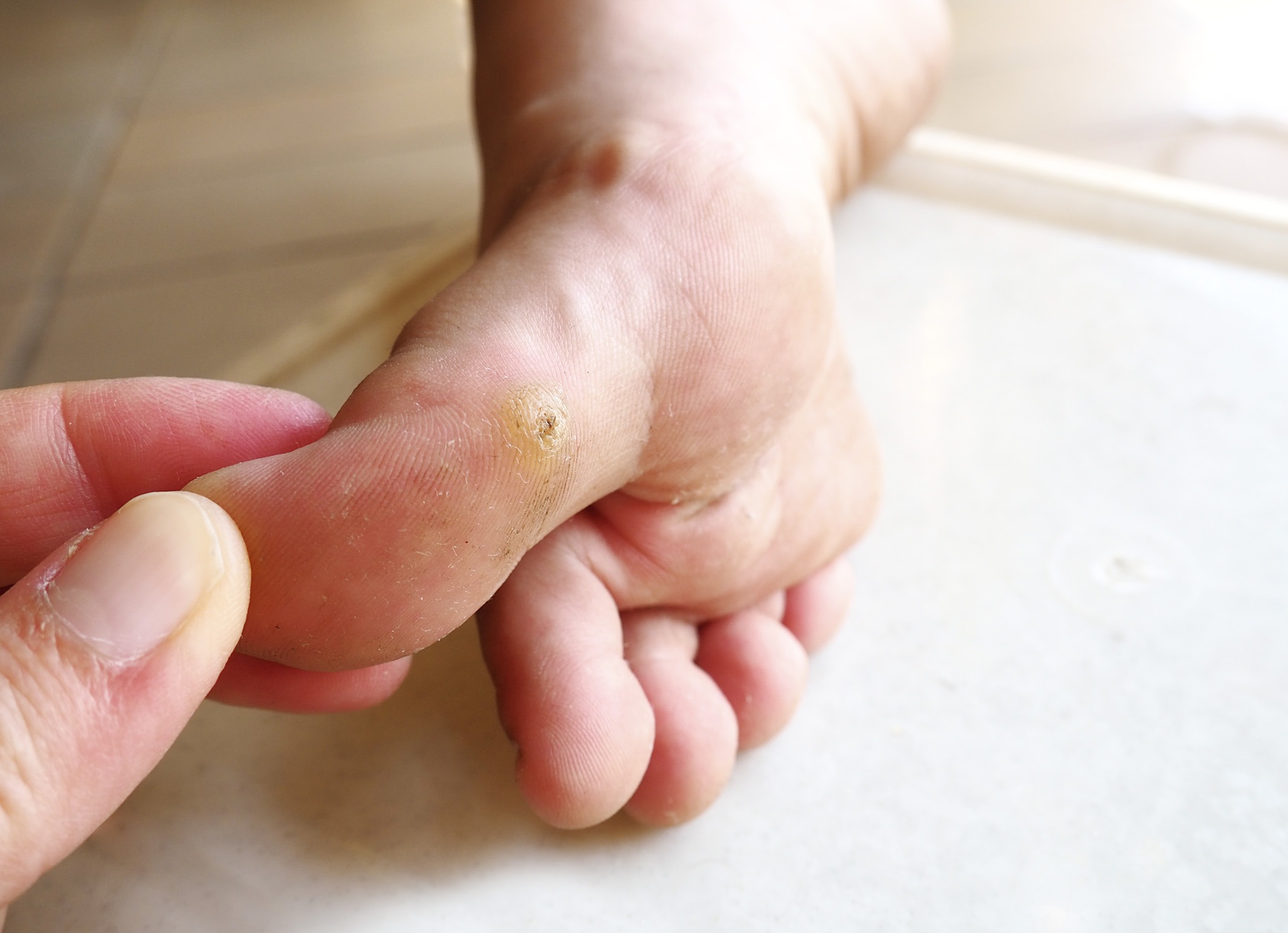
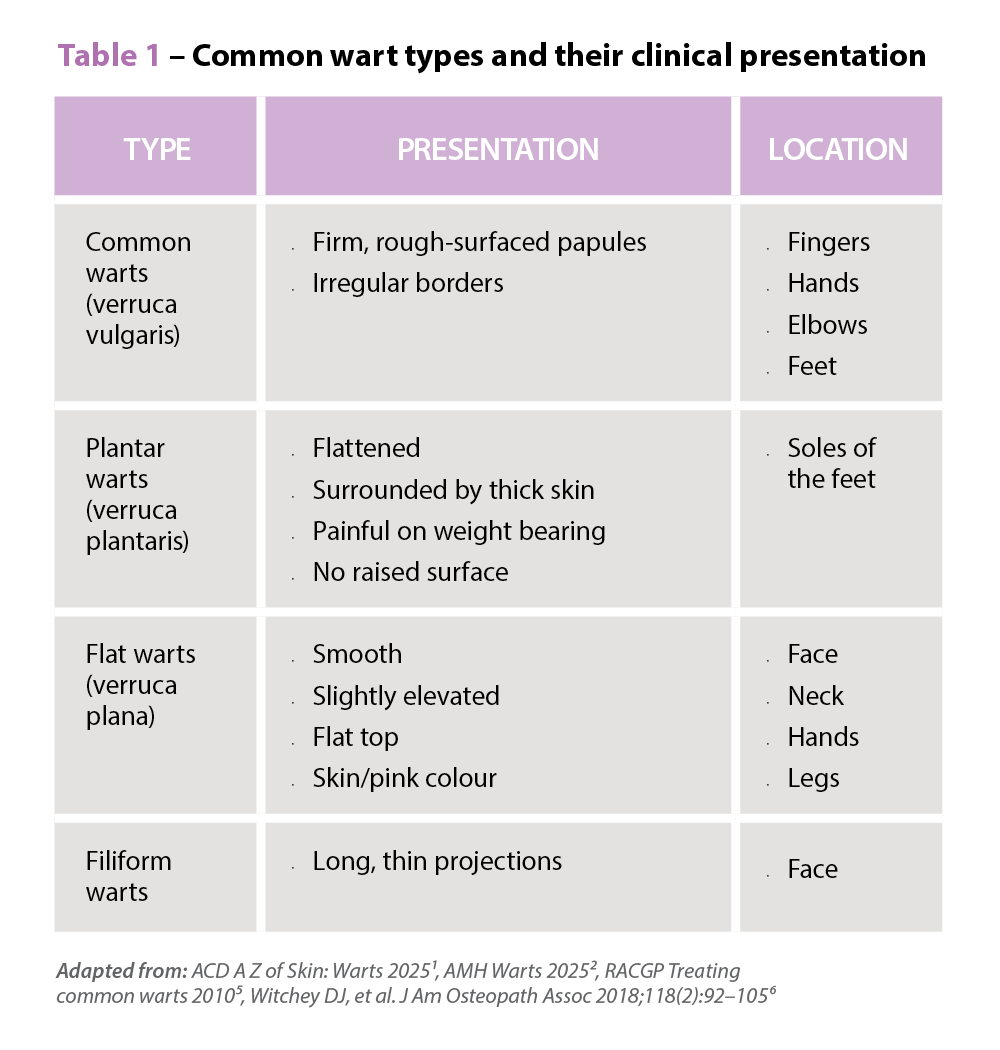 Symptoms
Symptoms